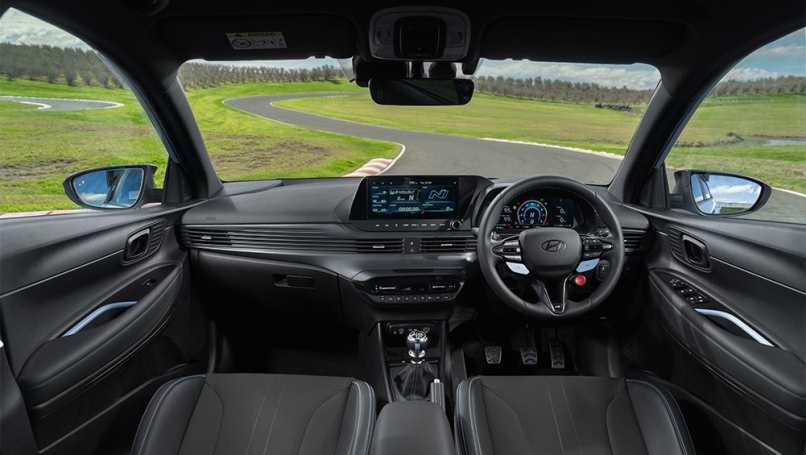
2026 Ford Ranger Super Duty: Everything you need to know!
The Ford Ranger was the best-selling vehicle in the country for the second...
Browse over 9,000 car reviews

Are Left Hand Drive Cars Legal in Australia?
Short answer - yes.
Longer answer - it depends on the state and the age of the car as to how you can register and drive them. Most states in Australia allow you to register a left-hand drive vehicle but typically only if it’s conditionally registered (i.e. can only drive limited days per year) and often it has to be considered ‘historic’.
For example, in New South Wales a vehicle is considered historic at 25 years, and can be registered either conditionally (on the historic scheme) or for a greater cost it can have a standard registration. The same is true in Queensland but in Victoria, South Australia, the Northern Territory and Tasmania, but needs to be 30 years old in Western Australia.
Queensland also has a specific allowance for foreign defence personnel who are deployed in the state, so they can import their personal cars for use while here.

It can be confusing because in Australia we drive on the left-hand side of the road but the steering wheel is on the right-hand side. A vehicle is considered left- or right-hand drive based on where the steering wheel is positioned relative to the centreline - so if it’s in any way towards the left of the centre of the car, it’s considered left-hand drive.
According to the latest data we could find, approximately 165 countries drive on the right-hand side of the road and there are 75 countries that drive on the left. The key factor in this equation appears to be the British Empire, with the majority of right-hand drive cars used in the United Kingdom, Australia, New Zealand, India, Hong Kong as well as Japan and large parts of Southern Africa and South-East Asia, including Indonesia, Singapore and Malaysia.
Left-hand drive vehicles are adopted across some of the biggest automotive markets in the world, including North America, the majority of Europe, most of Central and South America and China.
If you’re after some left-hand drive vs right-hand drive trivia, there have been several countries that have actually swapped sides.
Sweden famously switched sides on September 3, 1967, when at 4:50am all the traffic stopped for 10 minutes and switched to driving on the right-hand side of the road. While in Samoa it happened as recently as 2009, in order for them to more closely align with the rules and vehicles offered in Australia and New Zealand.
If you’re now asking, ‘why do some countries drive on the left and some on the right?’ That is up for conjecture, with various claims across the centuries. Some say it was an edict from the Pope, others claim it was because people used to draw their swords with their right-hand and others claim it’s just because the majority of the population is right handed.
The reality is there are more mundane reasons. For example, in the USA it was because prior to the invention of the automobile horse-drawn wagon trains were used. As the wagons had nowhere to sit the ‘driver’ would sit on the left-most rear horse, with his whip in his right hand and therefore they wanted other wagons to pass on the left so they could make sure the wheels did tangle.

That’s a pretty simple question to answer actually - because we’re part of the British Commonwealth, we never had the opportunity to go left-hand drive in Australia because we simply adopted what our British leadership insisted upon.
The more interesting question is why did Great Britain decide to drive on the left-hand side of the road? There are loads of urban legends but the most reliable story dates back to 1669, more than 200 years before the car was invented.
Back then horse-drawn carts were the primary form of transport but without any ‘road rules’ it became difficult to manage at times. So in 1669 the London lawmakers required all carts entering London via the famous London Bridge to travel on the left-hand side and all carts leaving had to go on the right-hand side of the bridge.
It varies from state-to-state, so consult your local authority to get the right details. In most cases, in order to be registered as a historic vehicle you’ll need to join a car club that will help you get a conditional registration.
Obviously, even left-hand drive cars have to be in safe working order, so depending on where it was imported from and its history you may need to fill out extra paperwork.
However, in specific instances you may need additional paperwork to prove its roadworthiness and heritage, so check your local registration office for all the details you need.
Comments